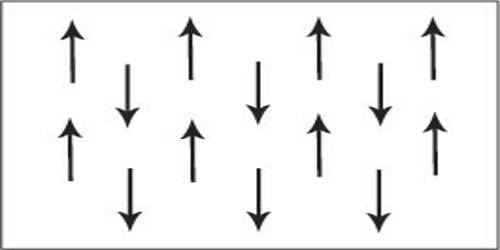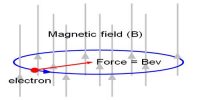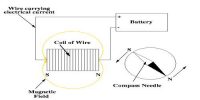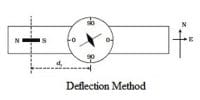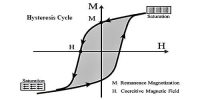Anti-Ferromagnetism
Anti-Ferromagnetism is originated by exchange integral or exchange field. If the wave functions of the two atoms are incident on each other, then this exchange field is produced. From the exchange field, exchange energy is generated. It the nearby spins are parallel to each other, and then this energy becomes positive. It the above-mentioned spins are antiparallel or alternately then ground state is obtained at Neel temperature. It was first discovered by Neel and Bitter and later extended by Van Vleck. Experimentally, It was first observed as a property of MnO by Bizette, Squire, and Tsai in 1938.
In absence of an external magnetic field and below Neel temperature net magnetic moment is zero. Suppose, a crystal compared to two intersecting sub-lattice A and B. Spins of one of its atoms are antiparallel to the spins of the other sub-ultra atoms, (Fig). This type of material is called antiferromagnetic substance.
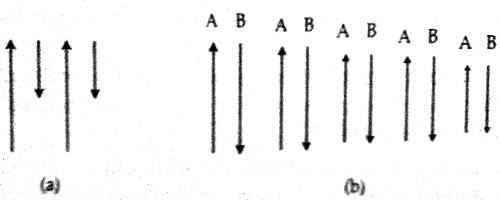
Antiferromagnetic materials occur commonly among transition metal compounds, especially oxides. Examples include hematite, metals such as chromium, alloys such as iron manganese (FeMn), and oxides such as nickel oxide (NiO). There are also numerous examples among high nuclearity metal clusters.
